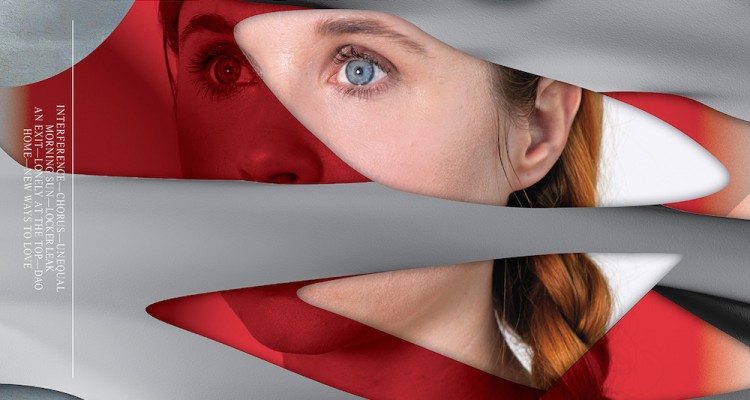In the summer of 2013, the poet Kenneth Goldsmith curated an odd exhibit in a Mexico City gallery. Given the prosaic title, “Printing Out the Internet,” the project aimed to print out the entire internet in order to raise awareness about late activist and programmer Aaron Schwartz. Prior to the exhibit, Goldsmith issued a call for anyone with internet access to print out webpages and send them to the gallery for display. After several weeks, an avalanche of printed pages from the web filled up the roughly 5,000 square foot space – commercial sites, private emails, video screen grabs, and more. In all, over ten tons of paper from over 600 individuals made up the collaborative work of art. Despite the amount received, the piece barely scratched the surface of all the content held online. Nevertheless, it succeeded in making concrete some of the otherwise immaterial information that flits before our eyes every day. Holly Herndon’s new album Platform performs a similar feat, though she uses the equally intangible medium of sound to manifest the digital world that surrounds us. If we could somehow crawl inside cyberspace, we would undoubtedly hear Herndon’s music emanating from the ether.
A number of the tracks on Platform draw on a similar metaphor as Goldsmith’s mound of paper. In pieces like “Morning Sun” and lead-single “Chorus,” the familiar sounds of contemporary dance music seem coated in a kind of digital crust. Techno rhythms thump and throb as layers of vocals slip back and forth across the stereo field. But alongside this rhythm and melody come a range of sonic artifacts: digital clicks and pops, drops of water, and the rustle of plastic bags all glom onto the music’s more accessible elements. This is music from the club, just not the kind we’re used to. It brings to mind a place where the listener gets squished inside the sequencer onstage instead of sent out on the dance floor to move with the crowd. Indeed, Herndon has a kind of millennial Musique Concrete on display; but in this case, her sonic vocabulary seems less the basis of composition than its point of tension. Using computer programs to generate custom sounds and manipulate her vocals, Herndon’s technique carries us beyond the music and its context. Rather than receive a steady stream of sonic information, we get a recurring frisson born from the flux of sound and space set against each other.
This push and pull in Herndon’s music produces some of the album’s most interesting moments. In “Locker Leak,” complex rhythms and melodic lines weave their way through digital soundscapes and ambiguous but alluring vocal manipulations. This is music not so easily showcased at the latest and greatest corporate EDM festival. In particular, the piece’s dialogue with our current epoch of capitalist consumption lends it a kind of critical edge. Set sharply against a howling computer wind, words as mundane as “wet bar wax” and “Aloe vera” become menacing in their implications. The sibilance produced by the repeated phrase “glass lasts” hints at the inability of language to contain and convey. This linguistic dread is reminiscent of Ben Marcus’s dystopian novel The Flame Alphabet in which language literally makes people sick. Just as the compositions break apart and reform, Herndon’s music reflects an unstable world, moving and shifting in a delicate dance between the present moment and its ever receding horizon. Perhaps the howling winds aren’t simply computer generated fictions but the sound of Walter Benjamin’s angels of history flapping their wings.
The album’s title is wisely chosen: it gives a useful frame for Herndon’s overall project. In computer parlance, the term platform refers to the pre-existing environment created by the programmer. Acting according to a pre-existing set of rules, the computer performs various tasks with the user’s input. Platform runs on a similar system. Herndon takes the components (and constraints) of electronic music and puts them to work for her own ends. The way she so deftly brings together elements both strange and familiar lends something of a utopian sheen to the album. One can’t help but think this is the beginning of a radical reappraisal of how music is made in the new millennium. But Herndon’s work also reminds us that surfaces aren’t always what they seem. To better access our hyper-connected world, we sometimes have to pry off the lid and bore deep into its circuitry.



[…] Originally appeared on whus.org […]